Butter, eggs, bread, coffee, potatoes – what do these all have in common? At one point they were deemed to be horrible, terrible, bad, bad foods for your health. And what now? Not so much. Depending on how old you are, you might not remember some of these warnings. There was a time that butter was considered the devil, and margarine was hailed as culinary and dietary salvation. WHAT? Grab a hunk of whole grain sourdough with butter, and read on.
Get Fat. No, Seriously, Add Some Fat to Your Diet
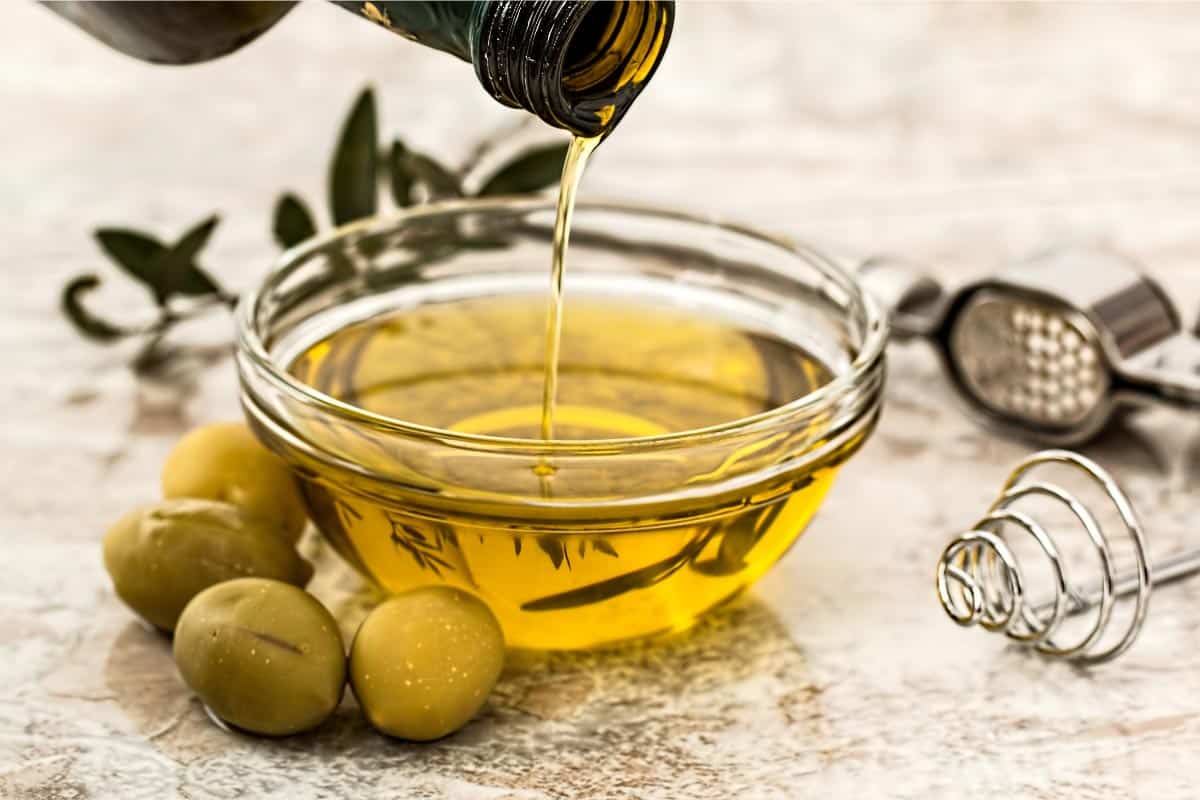
Before we get to butter itself, let’s talk about fat in general. Not all fats are bad for us. Some fats, such as monounsaturated and polyunsaturated fats, can help increase satiety (feeling of fulness), boost metabolism, protect against heart disease, and improve vitamin absorption.
Monounsaturated fats can be found in:
- Olive, peanut, and canola oils
- Avocados
- Nuts, such as almonds, hazelnuts, and pecans
- Seeds, such as pumpkin and sesame seeds
Polyunsaturated fats are highly concentrated in:
- Sunflower, corn, soybean, and flaxseed oils
- Walnuts
- Flax seeds
- Fish
- Canola oil (although it contains more monounsaturated fat, it is also a good source of polyunsaturated fat)
Omega-3 fats are a vital type of polyunsaturated fat that cannot be produced by the body and therefore must be obtained from dietary sources. To incorporate omega-3 fats into your diet, it is recommended to consume fatty fish (like salmon) 2-3 times a week. Alternatively, you can obtain these fats from plant sources such as flax seeds, walnuts, and canola or soybean oil.
Higher levels of blood omega-3 fats are associated with a reduced risk of premature death among older adults.
Butter. Yes, Please
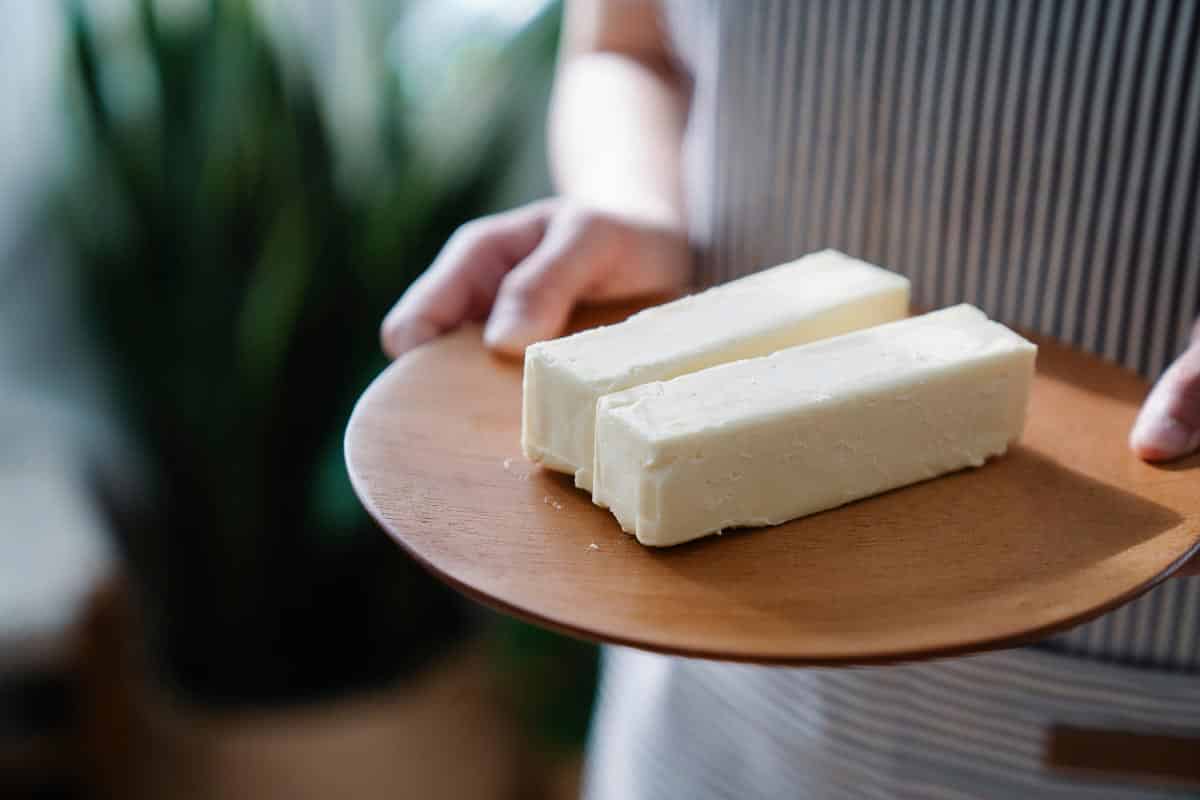
In the past, there was a belief that butter was bad for health, due to its high content of saturated fats. It all began in the 50s and gained huge traction in the 70s. Saturated fats were often associated with an increased risk of heart disease and high cholesterol levels. On the other hand, margarine was marketed as a healthier alternative, because it was made from vegetable oils, which are primarily composed of unsaturated fats.
Margarine was initially produced using hydrogenation, a process that turns liquid vegetable oils into solid fats by adding hydrogen atoms. This process created a solid spread that resembled butter in texture and taste (well, not to us, but we digress), however, hydrogenation also resulted in the formation of trans fats, which are artificially created fats that have been found to have detrimental health effects.
Trans fats were later discovered to be even more harmful than saturated fats, as they not only raise LDL cholesterol (often referred to as “bad” cholesterol), but also lower HDL cholesterol (often referred to as “good” cholesterol). High consumption of trans fats has been linked to an increased risk of heart disease, stroke, and other health issues.
As scientific research advanced and more evidence emerged, it became clear that trans fats were harmful, and health organizations started recommending their reduction or elimination from diets. In response to this, margarine manufacturers began producing trans fat-free or low trans-fat versions by altering their production methods.
It’s worth noting that not all margarines are the same. Some varieties are still made with hydrogenation and may contain trans fats, while others have been reformulated to remove or minimize trans fats. Additionally, newer margarine options often include plant sterols or stanols, which can help lower LDL cholesterol levels.
With a better understanding of the impact of different fats on health, current dietary guidelines emphasize moderation and a focus on consuming healthy fats, such as monounsaturated and polyunsaturated fats. Butter, while high in saturated fats, can still be enjoyed in moderation as part of a balanced diet.
We won’t eat chocolate chip cookies every day, but when we do, we want them made with butter.
Coffee: Take It Black
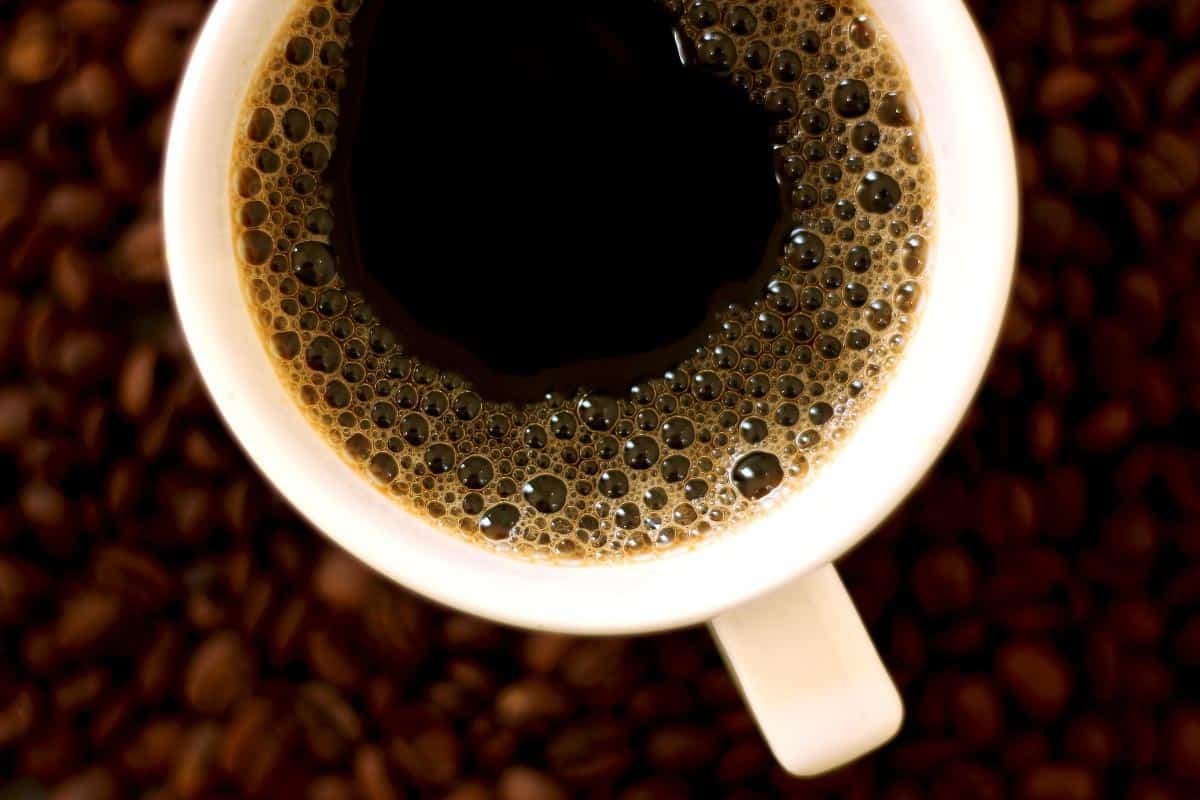
Every day Americans quaff 400 millions cup of coffee, and the consumption trend is rising, according to the National Coffee Association.
Coffee is actually one of the most popular beverages in the world, but it has also been blamed for causing insomnia, anxiety, dehydration, and heart problems. Coffee, however, is also a source of caffeine, polyphenols, and other bioactive compounds that can have beneficial effects on health.
Coffee can help improve alertness, metabolism, performance, and mood. It may also lower the risk of type 2 diabetes, Parkinson’s disease, Alzheimer’s disease, and some cancers. Of course, moderation is key, as too much caffeine can cause adverse effects. Aim for no more than 3 to 4 cups of coffee a day and avoid adding too much sugar or creamer.
Sugar. What?
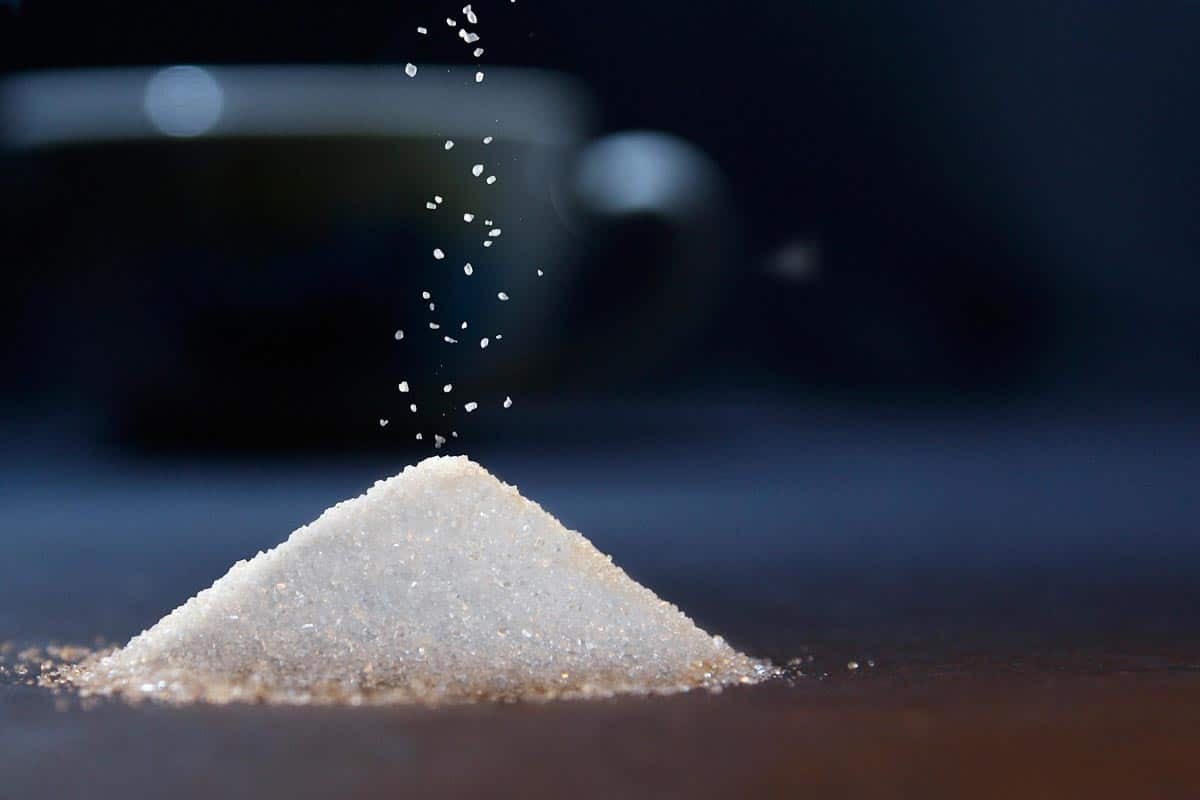
Since we just mentioned sugar, we thought we would highlight it next. No one is saying you should sit down and shovel spoonfuls into your mouth, but it is worth noting that the World Health Organization (WHO) just came out with new guidelines advising against using non-sugar sweeteners (NSS, which stands for non-nutritive sweeteners).
The recommendation is derived from a comprehensive analysis of existing research, known as a systematic review. The review indicates that the use of non-sugar sweeteners (NSS) does not provide any long-term advantages in reducing body fat for both adults and children.
Additionally, the findings suggest that prolonged use of NSS may have undesirable consequences, including an elevated risk of type 2 diabetes, cardiovascular diseases, and mortality among adults.
So, how are you supposed to get a little sweetness in your life? When we make those chocolate chip cookies with real dairy butter, we are going to use real sugar, too. Practice moderation, folks. One cookie at a time, please. It is the hidden sugar in so many foods, such as soda, condiments, cereals (not so hidden!) that are the real issue, not a slice of homemade birthday cake.
Chocolate. Oh, Yeah
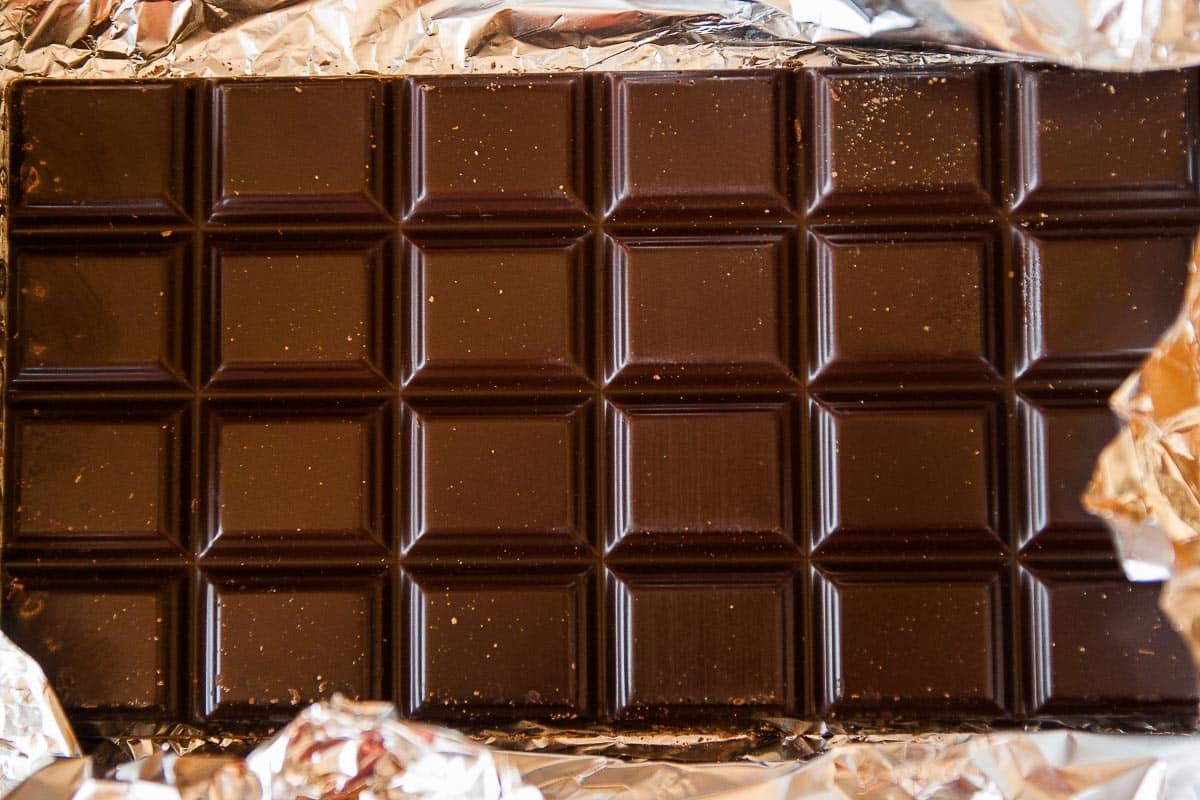
Got to address chocolate next. Time was that chocolate was looked upon as a sugar and fat laden food that had no place in the diet. And there are plenty of junky chocolate bars out there. The key is knowing what “good” chocolate is.
Chocolate, especially dark chocolate, is rich in antioxidants, flavonoids, and magnesium. It can help lower blood pressure, improve blood flow, and protect against oxidative stress. It may also boost mood and cognitive function. Just make sure to choose chocolate with at least 70% cacao mass and limit your intake to a few ounces a day.
Look for labels that say 70% cacao, cacao mass, cocoa, chocolate, or cocoa mass. All of these terms are used interchangeably, depending on brand. Additionally, 70% cacao mass and higher chocolates might be called “bittersweet”, so you can look for that verbiage as well (although know that the FDA does not differentiate between “semisweet” and “bittersweet” in their legal definitions). As always, the consumer needs to be educated to label reading.
Eggs. Let’s Make An Omelet
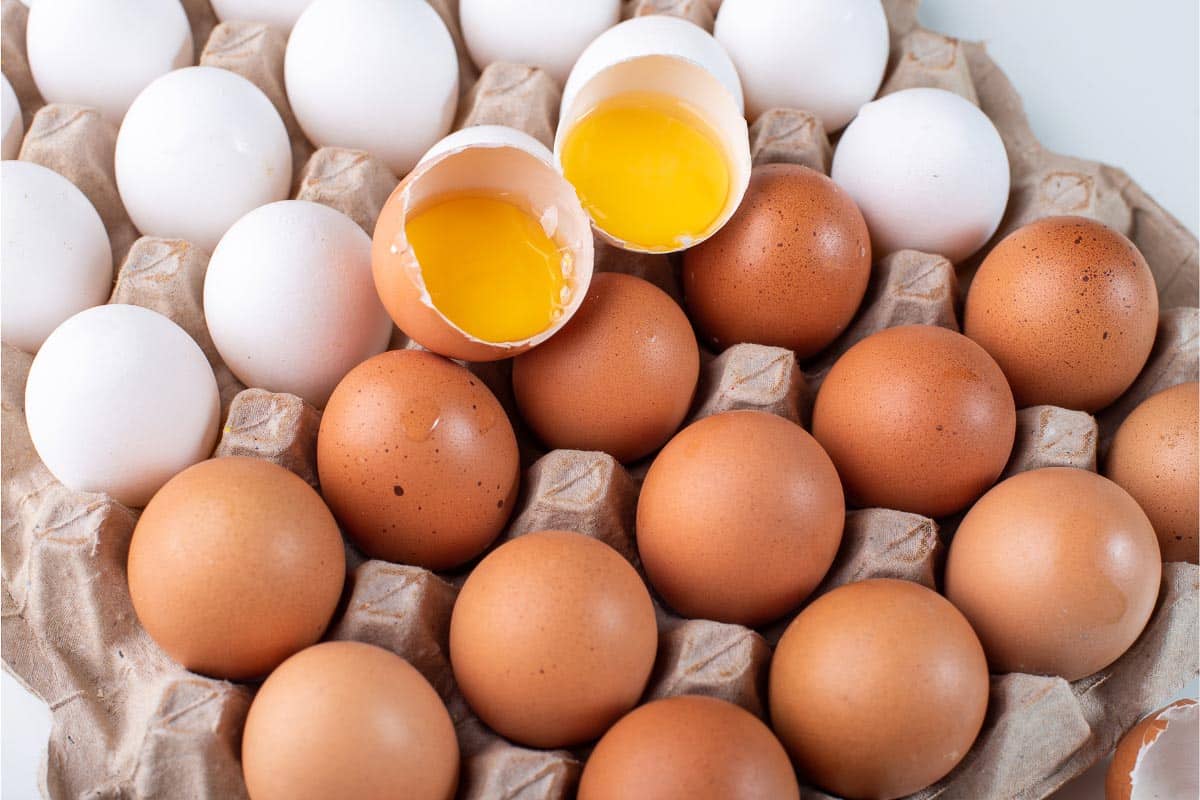
We will be using eggs in our chocolate chip cookies, so let’s take a look at what was said about eggs, and what is being said now.
Around the same time that butter was being vilified, so were eggs. Their supposed issue? Cholesterol. They were thought to raise cholesterol levels, and increase the risk of heart disease, but further, newer research has shown that dietary cholesterol has little impact on blood cholesterol levels. Eggs are also a great source of protein, choline, and antioxidants. PS: White versus brown eggs makes no difference.
And need we say it? Eggs help make a great chocolate chip cookie!
Potatoes: Baked, Not Fried

White potatoes are often shunned because of their high glycemic index and association with French fries. Deep-fried foods like fries have their own issues, however, potatoes are also rich in fiber, potassium, vitamin C, and resistant starch, which can help lower blood sugar and improve gut health. No need to avoid. At the same time, use moderation with potato chips and French fries.
Mayonnaise: One Luscious Dollop at a Time
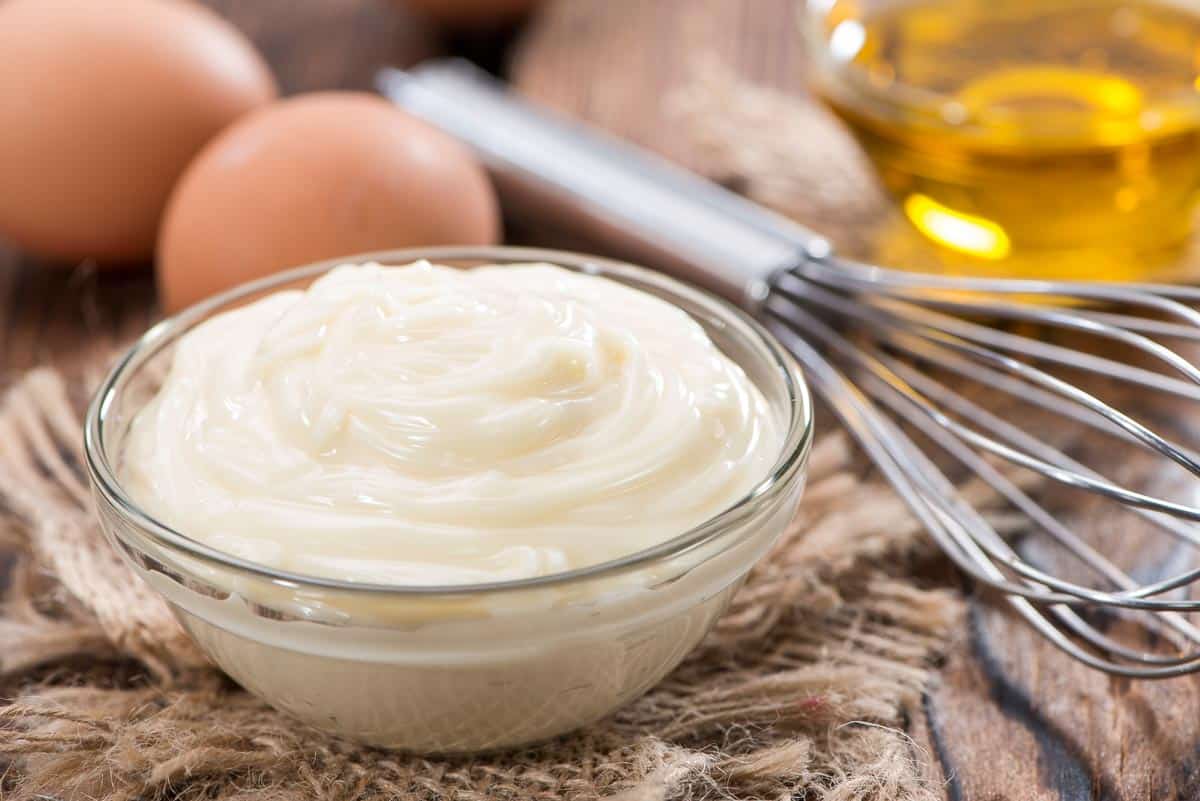
As another type of fat, there was a time that mayo was considered a “bad” condiment. Most likely because of the inclusion of those “bad” eggs and “bad” oil. Well, we already went over that. Enjoy your mayo, in moderation of course.
Bread: Choose Whole Grain
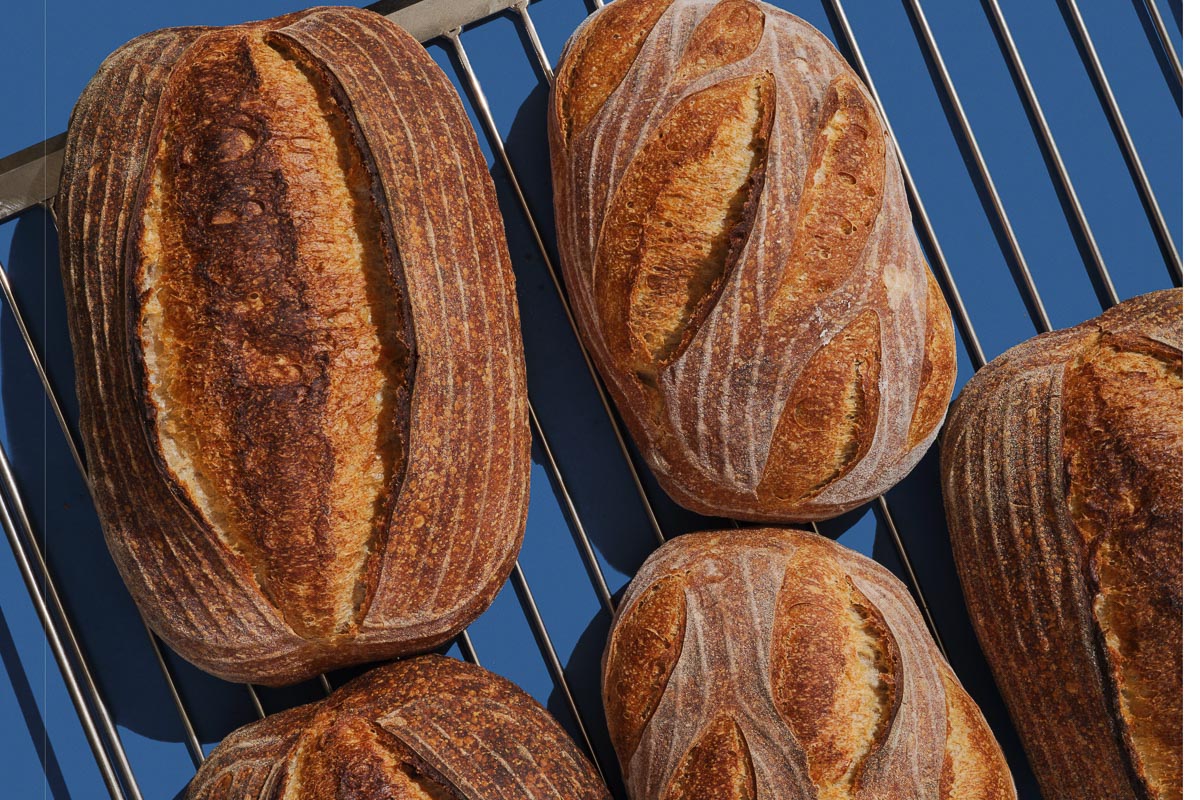
Bread is a broad category, but it took a hit in the 1960s, and some negative ideas still prevail. The Atkins Diet, a popular low carbohydrate eating plan developed by heart specialist (cardiologist) Robert C. Atkins, had us thinking that eliminating bread would cure our ills.
People turned to his diet for weight loss, mostly, but it was eventually shown that eating this way could cause electrolyte imbalances, constipation, dangerously low blood sugar and even kidney problems.
Atkins continues to be a popular brand. They also promote processed foods: The Atkins diet sells branded bars, shakes and ready-made meals.
We would rather eat a well-balanced diet, that includes artisanal bread made with whole grains. Yes. Those are carbs, and we love them.
Red Wine: Moderation, Please

Red wine is often associated with indulgence and hangovers, but it can also have some health benefits, when consumed in moderation. Red wine contains resveratrol, a polyphenol (antioxidant) that can help protect against cardiovascular disease, inflammation, and oxidative stress.
It may also modulate blood lipids, glucose metabolism, and blood pressure. However, drinking too much alcohol can have negative effects on health, such as liver damage, addiction, and increased risk of some cancers. The recommended limit is one drink per day for women, and two drinks per day for men.
The Takeaway
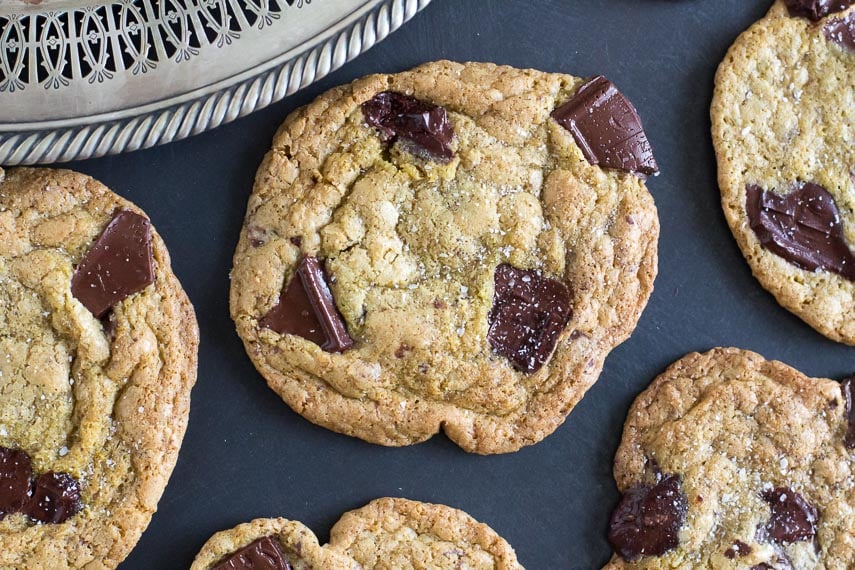
As with so much within the dietary universe, moderation is key. Cooking from scratch, with whole foods, allows you to control your fat and sugar intake, for instance. You do not have to feel, or be, deprived. Have a chocolate chip cookie. The one pictured is made with whole grain buckwheat.
18 of the World’s Deadliest Foods: How Many Are You Eating?

Whether you eat to live, or live to eat, let’s make sure you live to see another day! These are some of the world’s deadliest foods. They can bring on extreme symptoms, ranging from paralysis to seizures, choking and even death, so don’t go tucking these into your lunchbox. Click for 18 of the World’s Deadliest Foods: How Many Are You Eating?
10 Of The Worst Tasting Drinks People Pretend To Like
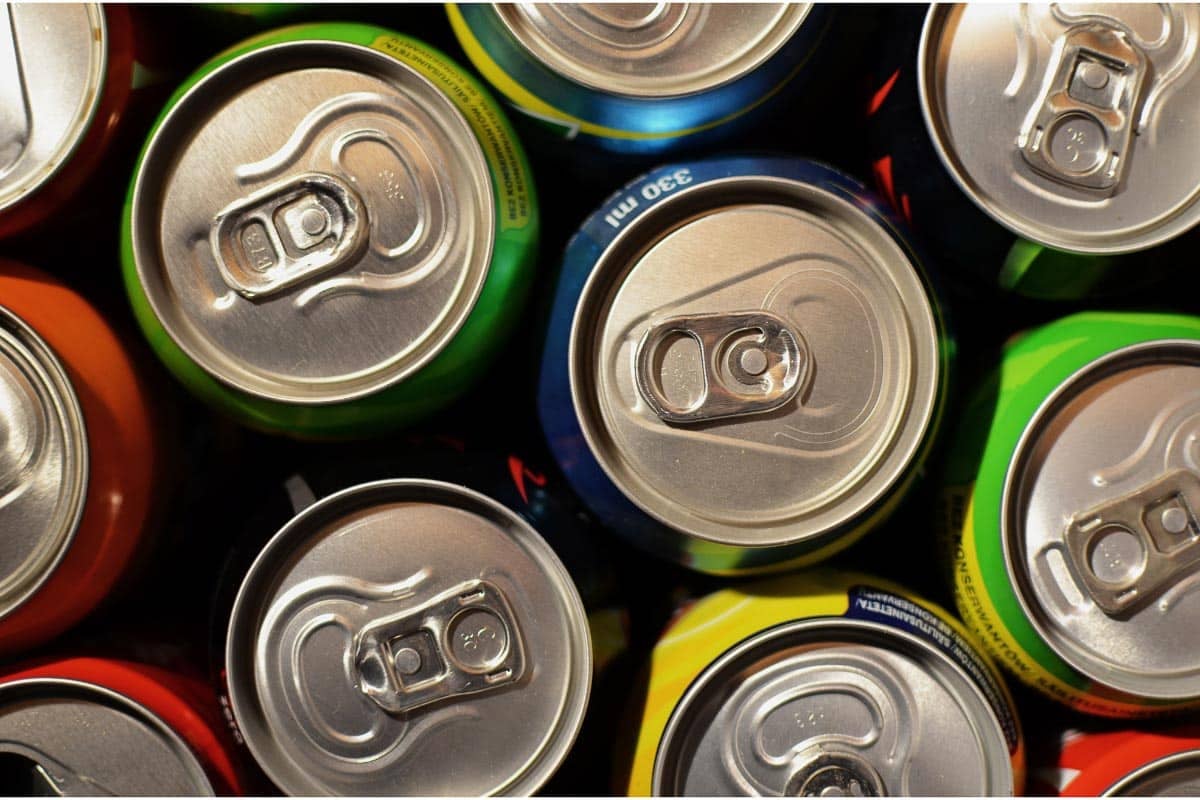
Hold onto your taste buds, because we’re about to embark on a flavor-filled adventure through the realm of beverages! Sure, we all need water to survive, but let’s be real – drinks are so much more than just basic hydration. Recently, the question of which beverages people secretly think taste awful sparked a fiery debate. Boozy elixirs, non-alcoholic refreshments, and everything in between were thrown into the mix. Brace yourself as we unveil the truth behind the drinks we pretend to love. Get ready for a wild ride of taste revelations! Read 10 Of The Worst Tasting Drinks People Pretend To Like







